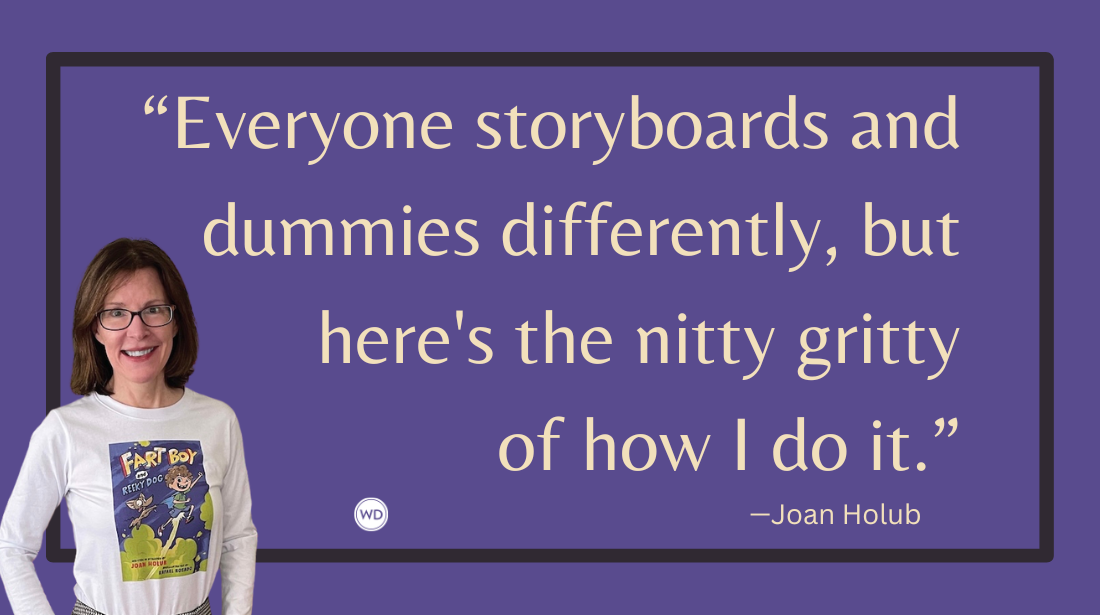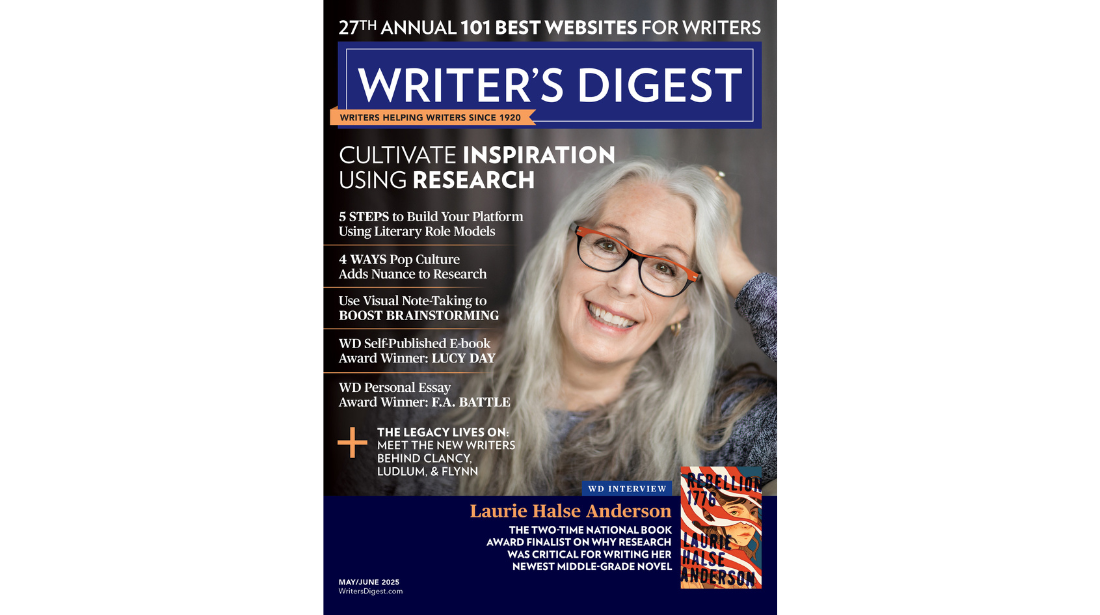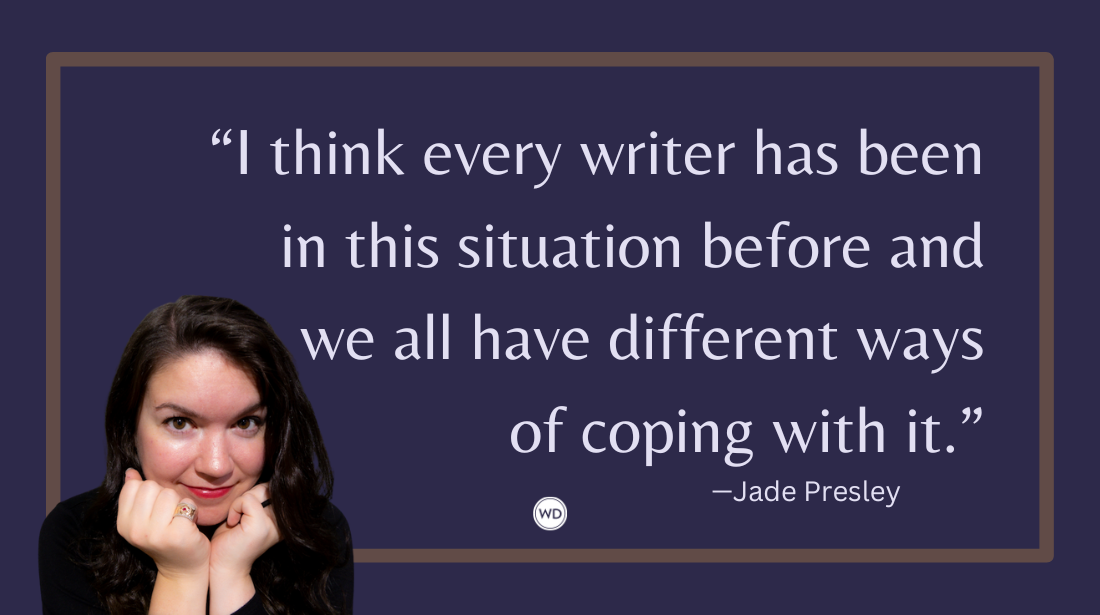Lynn Painter: On Rom-Coms and Escapism
Author Lynn Painter discusses the strengths of the romantic comedy genre and how she utilized them in her novel Better than the Movies.
Lynn Painter lives in Omaha, Neb., with her husband and pack of wild children. She’s a biweekly contributor to the Omaha World-Herald’s parenting section, even though she is the polar opposite of a Pinterest mom. When she isn’t chasing kids, she can be found reading, writing, and shot-gunning Red Bulls.
In this post, Painter discusses the strengths of the romantic comedy genre, how she utilized them in her novel Better than the Movies, and more!
****
Name: Lynn Painter
Literary agent: Kim Lionetti, Bookends Literary Agency
Book title: Better than the Movies
Publisher: Simon & Schuster BFYR
Release date: May 4, 2021
Genre: YA Romantic Comedy
Elevator pitch for the book: Liz Buxbaum is a hopeless romantic who is convinced that fate wants her to land her childhood crush, Michael, after he moves back to town. However, the only way she can think of to get him to notice her is to work with Wes, the irritation boy next door. But the more time she spends with him, the more she realizes that Wes is not the obnoxious neighbor she always thought he was.
IndieBound | Bookshop | Amazon
[WD uses affiliate links.]
What prompted you to write this book?
I’d been writing for years (and years), but it wasn’t until my agent suggested I write a rom-com that all the bells in my head went off and the word duh was all I could think. It was my favorite genre to read, my favorite genre to watch—why hadn’t it occurred to me to write it? I’d penned (and failed to sell) women’s fiction, general fiction, romance, and YA, but somehow missed the obvious choice of a romantic comedy.
Once I started drafting, that was it. I knew I was home. It felt perfect and comfortable and fun to write, almost as if the book was writing itself. To be honest, after years in the submission trenches, I’d kind of forgotten how fun writing can actually be.
How long did it take to go from idea to publication?
Two years. Oddly enough (because I’m usually pretty scatterbrained and all over the place), the idea didn’t change at all. Characters developed, and some got new names while others disappeared entirely, but the general plot and direction stayed true.
Were there any surprises or learning moments in the publishing process for this title?
Everything in publishing is a surprise and a learning moment—haha! It’s such a locked-down industry that even when you read all the books and follow all the people on social media, there are still a million shrouded mysteries.
To be honest, I was surprised by how much an editor improves a book. I mean, yes, we all know editors make books better, but my editor at S&S breathed life into this manuscript. She was able to see so many ways to make it richer and more complex, and her suggestions led to a multitude of rewrites that added a dimension that simply hadn’t existed before. She took my flat manuscript and showed me how to make it 3D.
An editor is kind of like a wizard, mixed with a coach who is also the best and most challenging Writers Workshop professor you’ve ever had. I hadn’t expected that, and it was a delightful surprise.
Were there any surprises in the writing process for this book?
I think the surprise was that I found my writing process while drafting this book. Before BTTM, I considered myself a “pantser.” It felt like whenever I attempted to create a detailed outline, using all of the great information I’d read in so many writing craft books, my spontaneity and creative flow would die shortly thereafter, and writing the actual chapters began feeling like homework assignments. (Flipping through notes—What is my story’s Dark Night of the Soul? Did they cover that in class? I’m so going to fail this.)
But with this manuscript, I found my own way; a plotting/pantsing hybrid, if you will. I began visualizing my story almost in movie form, using huge (8x8) Post-It notes to document each scene (i.e. Scene #1: Liz walks to the car and sees Wes on top of it) from the book. After I had it roughly drafted out, I slapped all of those big neon papers up onto the wall of my office and began pulling them down, one-by-one, as I worked on each scene.
I found that for me, this was the perfect compromise because though I had direction, all of the details of the scenes were still able to be conceived while in the creative writing process. Also, it felt really freaking good to be able to dramatically crumple up and throw away each paper once a scene was completed.
I’m sure my method is probably breaking a slew of old-school writerly rules, but it really does work for me.
What do you hope readers will get out of your book?
In my opinion, the reason rom-coms are popular because it is absolute escapism. You get to watch—and laugh—as things go embarrassingly wrong for the main character. It’s okay to be wholly entertained by the cringe because you are guaranteed that happy ending.
So I hope when readers travel along with Liz on her ridiculous plan to land her childhood crush, they get to laugh. Hard. And I hope they get to smile when Wes, her irritating next-door neighbor, calls her out on her overblown romantic notions while going along with her straight-from-a-rom-com scheme.
Basically, I want readers to feel like they escaped to a funny, happy place for a few hours.
If you could share one piece of advice with other authors, what would it be?
I have two (I am incapable of being succinct; sue me).
1. Set aside time to write
I used to hate when authors dispensed this advice, because as a mom of many kids who also has a day job, I always thought—when?? Please, author person, show me where to find this magical thing called time.
But after I had my last child, I started setting aside her weekend nap time as writing time. It was only one or two hours, but it was one or two hours where I closed myself in a room and allowed zero interruptions. I know it doesn’t seem like very much time, but having that designated increment made a huge difference. It creates a hyper-focus that spurs production, kind of like sprints, and even though that child is now almost 6 years old and no longer naps, I still type most of my words during that tiny little weekend bubble of minutes.
2. Follow established agents and editors on Twitter
If you don’t do Twitter, maybe consider doing a little Twitter, because the amount of helpful information they provide to unpublished authors is staggering. They want to find the next bestseller, and they’re out here equipping writers with the tools to submit that book to them.
When I was still querying, I would’ve killed to have that kind of access to the exact people I was peppering with submissions.
Robert Lee Brewer is Senior Editor of Writer's Digest, which includes managing the content on WritersDigest.com and programming virtual conferences. He's the author of 40 Plot Twist Prompts for Writers: Writing Ideas for Bending Stories in New Directions, The Complete Guide of Poetic Forms: 100+ Poetic Form Definitions and Examples for Poets, Poem-a-Day: 365 Poetry Writing Prompts for a Year of Poeming, and more. Also, he's the editor of Writer's Market, Poet's Market, and Guide to Literary Agents. Follow him on Twitter @robertleebrewer.








